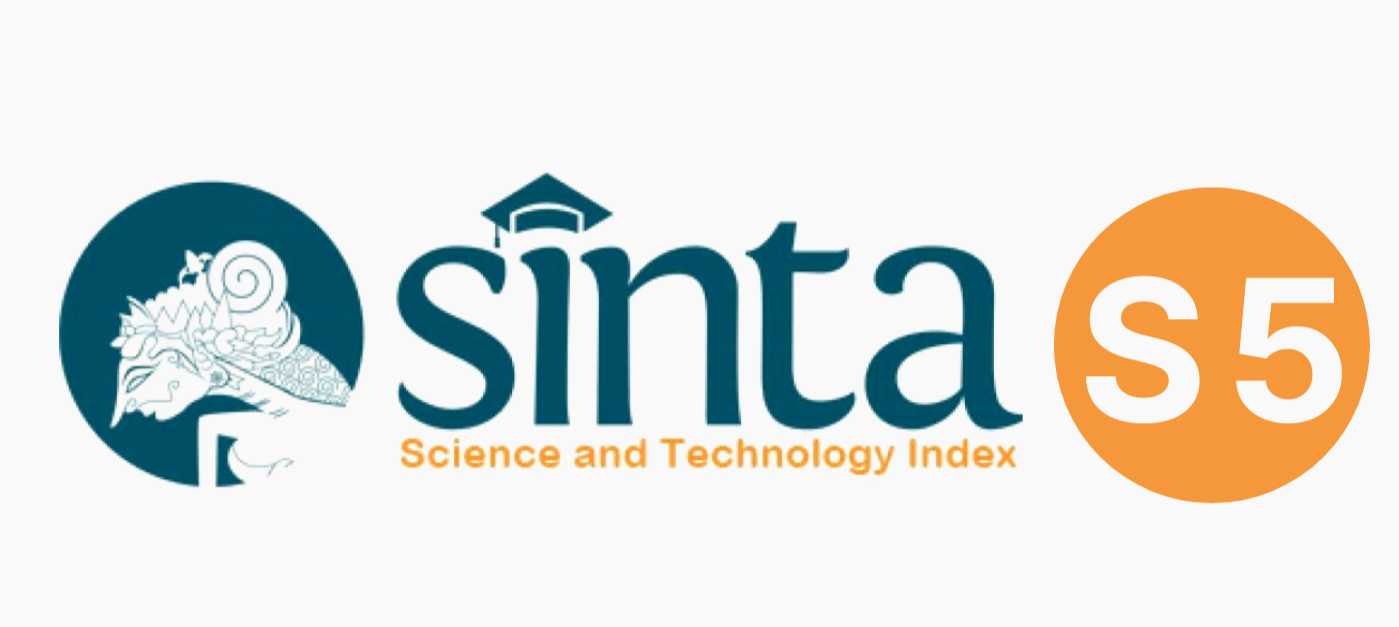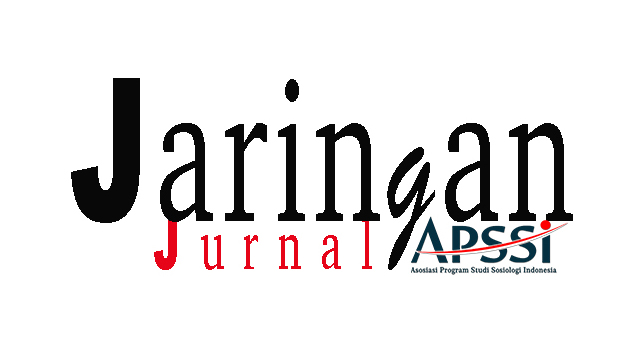Faktor-Faktor Mempengaruhi Remitan Migran Sumatera Barat yang Bekerja pada Sektor Informal di Kota Palembang
 Abstract: 156
/
Abstract: 156
/  Abstract: 81
Abstract: 81
DOI:
https://doi.org/10.47753/je.v2i1.38Keywords:
remittance, migrants from West Sumatera, utilizations of remittanceAbstract
This study aims to analyze the factors that affect remittances and utilization of migrants from West Sumatra who work in the informal sector in the city of Palembang. This study was conducted in Palembang City with a population of 1232 people. Of the population of 1232 people, taken samples through proportional stratified random sampling method, then obtained a sample of 92 migrant respondents from West Sumatra. Data analysis was done by using multiple regression method in order to measure how big the independent variable is income, the number of family dependent, the existence of nuclear family, the length of permanent migrants, the frequency of remittance delivery, the remittance means that affect the dependent variable that is remittance. Simultaneously (together) income variables, the number of family dependents, the presence of nuclear families, the length of permanent migrants, the frequency of remittance delivery, remittance means significantly influence the remittances of migrants from West Sumatra working in the informal sector in Palembang City. It is known that partially long migrants remain, the frequency of remittance remittances, remittance means not significantly affect the remittance of migrants from West Sumatera working in informal sector in Palembang City means remittance based on the length of permanent migrant, remittance frequency, remittance means no difference. Income, the number of family dependents, the existence of nuclear families significantly affect the remittances of migrants from West Sumatra who work in the informal sector in Palembang City.References
Badan Pusat Statistik.2013. Migrasi. http://www.datastatistikindonesia.com, Diakses pada tanggal 15 Agustus 2015.
Badan Musyawarah Keluarga Minangkabau.2015. Migran Sumatera Barat di Kota Palembang. BMKM Palembang.
Connell, J., Biplab Dasgupta., Roy Laishley., Michael Lipton.1980. Remittances and Rural Development: Migration, Dependency and Inequality in The South Pacific. Development Studies Centre. Delhi : university press.
Curson,P. 1983. “Remmitances and Migration-The Commerce of Movementâ€. Population Demography. Delhi: University Press.
Istiyani, Nanik. 2013. Migran Pekerja Wanita dan Remitannya di Kabupaten Jember. Jurnal Imu Ekonomi : Universitas Jember.
Junaidi. 2008. Analisis Transfer Pendapatan (Remitan) Migran dari Pulau Jawa di Propinsi Jambi. Jambi: Jurnal Ekonomi Unversitas Negeri Jambi. https://junaidichaniago.wordpress.com. Diakses pada tanggal 3 Agustus 2015.
Koentjaraningrat. (1977). Beberapa Pokok Antropologi Sosial. Jakarta: Penerbit Dian Rakyat.
Lucas E.B, Robert dan Oded Stark.1985. Motivation to Remit : Evidence from Bostwana. Journal of Political Economics, Vol.93 No. 5 (Oct 1985), pp. 165-175.
Mantra. 1995. Mobilitas Penduduk Sirkuler Dari Desa ke Kota di Indonesia, Seri Kertas Kerja No. 30. Yogyakarta: Pusat Penelitian Kependudukan Universitas Gajah Mada.
Munir, Rozy. 2010. Dasar-dasar Demografi. Lembaga Demografi Fakultas Ekonomi Universitas Indonesia: Depok.
Naim, Mochtar. 2013. Merantau Pola Migrasi Suku Minangkabau. Jakarta : PT Rajagrafindo Persada.
Sriwanto, Sigit. 2014. Kajian Mobilitas Penduduk dan Remitan desa Semampir Kecamatan Rembang Kabupaten Purbalingga. Prosising Seminar Hasil Penelitian LPPM UMP : Universitas Muhammadiyah Purwokerto.
Todaro, Michael P, dan Stephen C. Smith. 2011. Pembangunan Ekonomi. Jilid I. Jakarta: Erlangga
Wiyono, N. H. 1994. Mobilitas Tenaga Kerja dan Globalisasi, Warta Demografi. Vol.3; 8-13
Downloads
Published
Issue
Section
License
Articles published in Jurnal Empirika are licensed under the International License of Creative Commons Allowance-ShareAlike 4.0. The author is free to use any media to copy, change, or redistribute the paper, provided the author gives credit to the original author and this journal, links to the license, shows if modifications have been made, and redistributes it in the same permission. The author grants the right to any third party to use their posts following the Creative Commons Attribution-Share Alike International 4.0.











